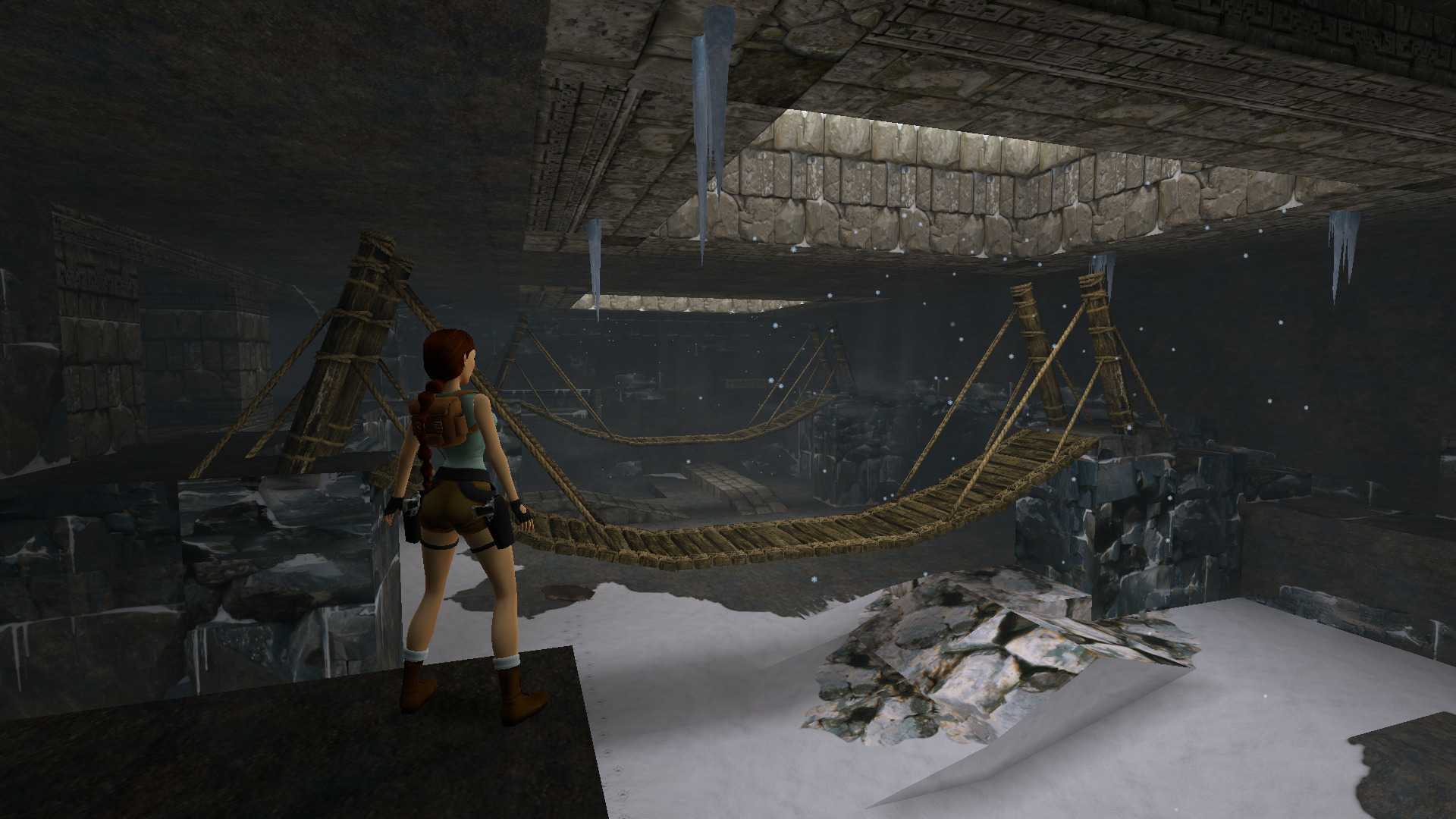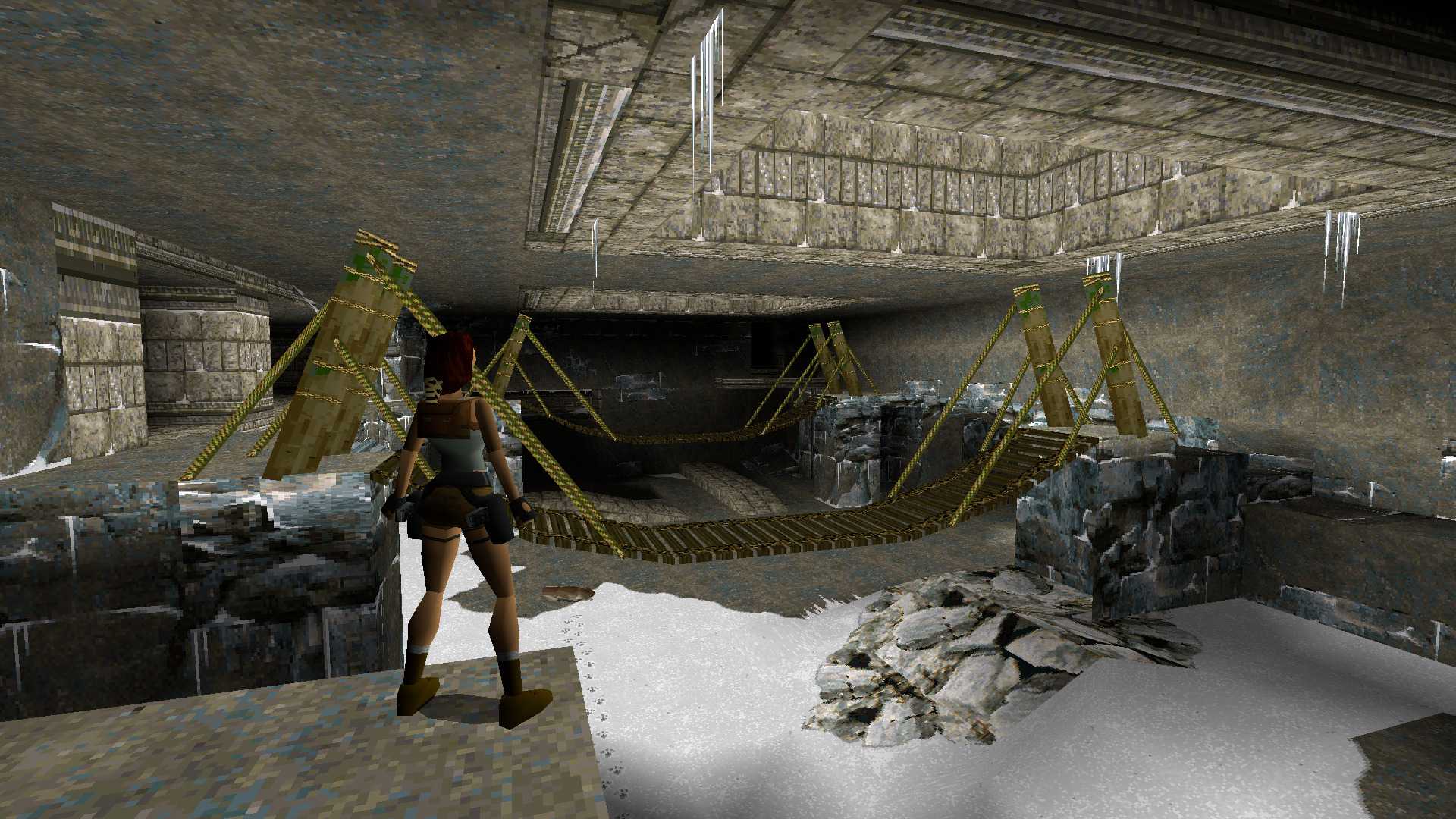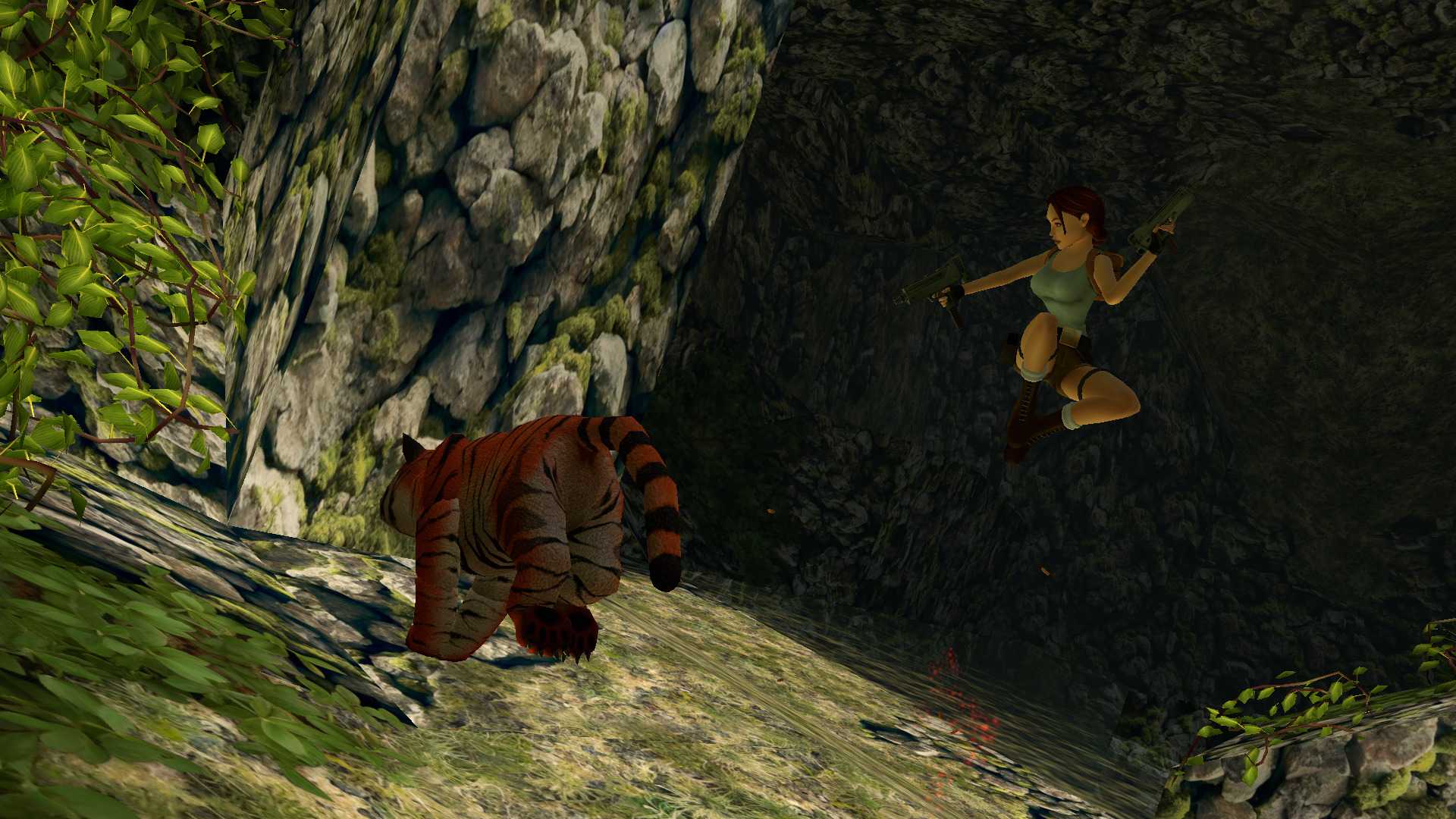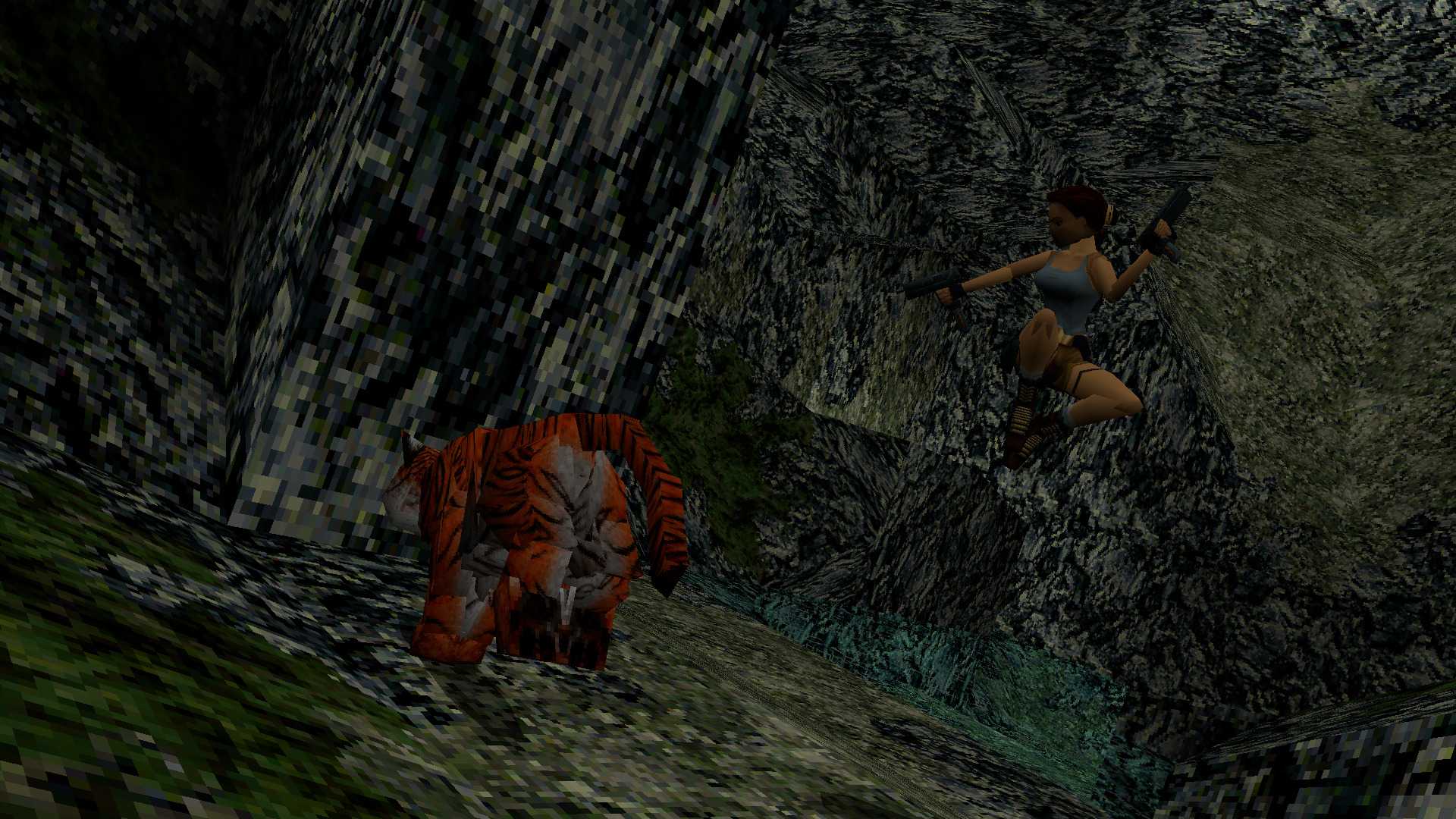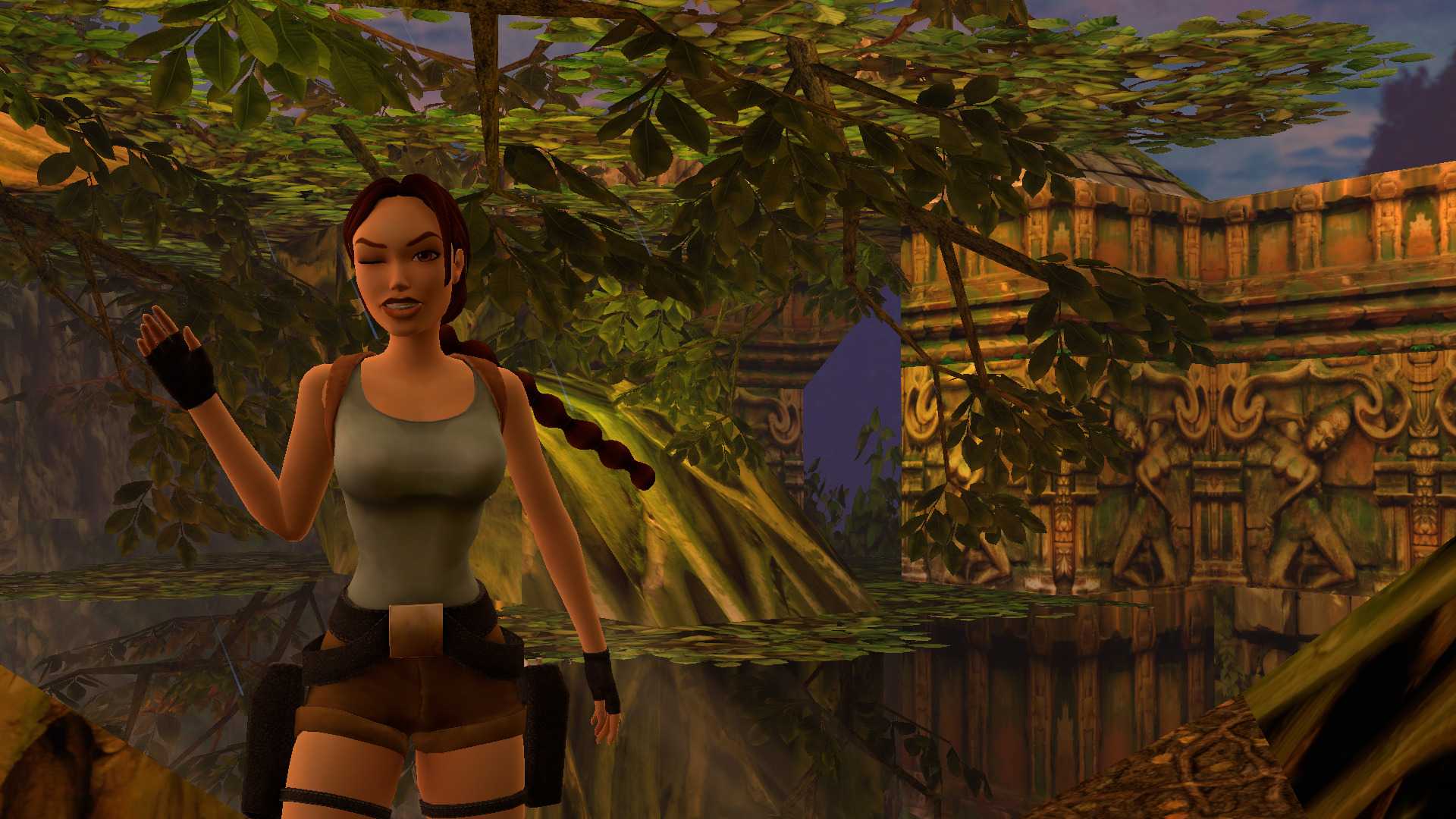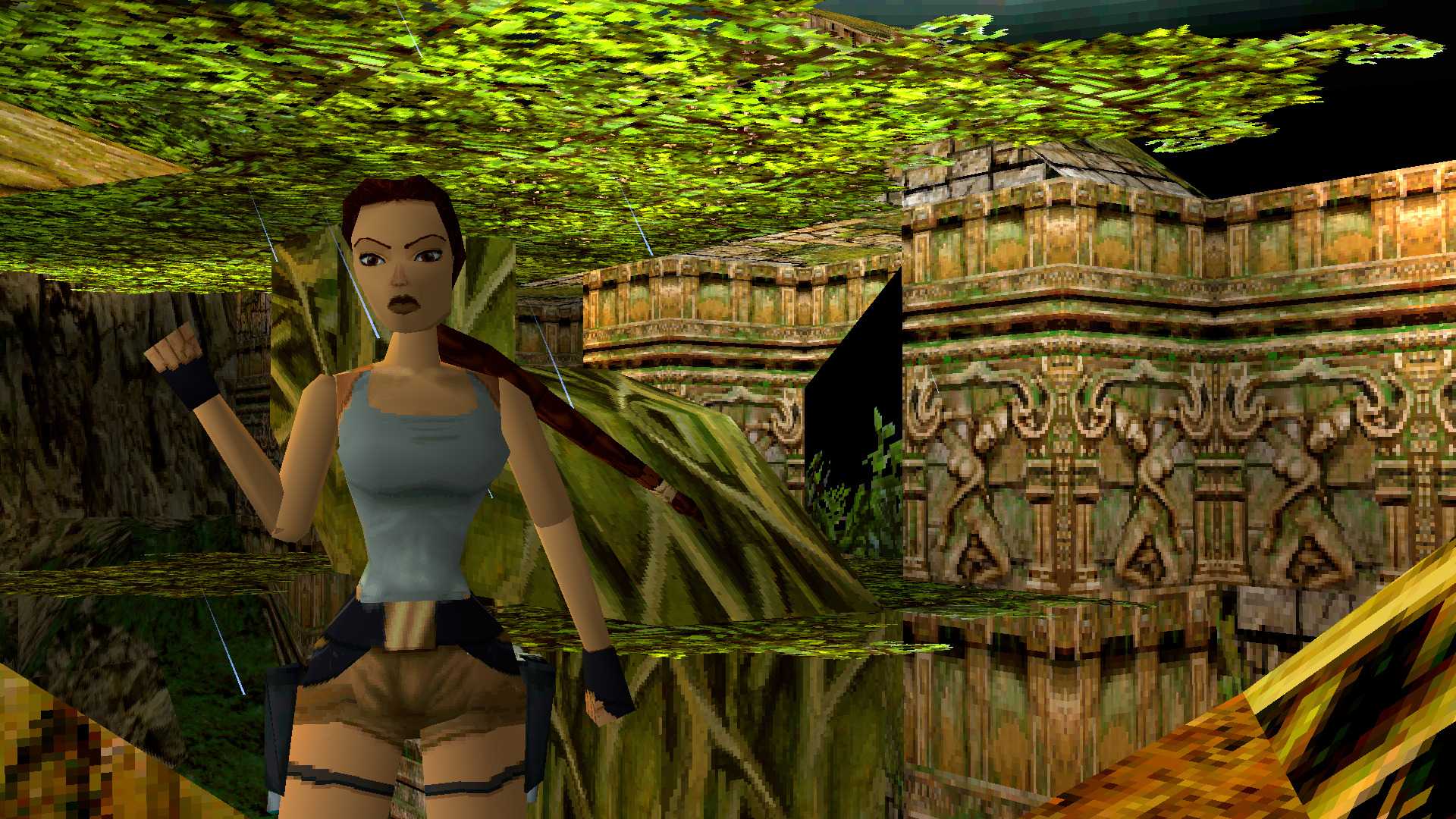Tomb Raider I-III Remastered review: A master of its Croft
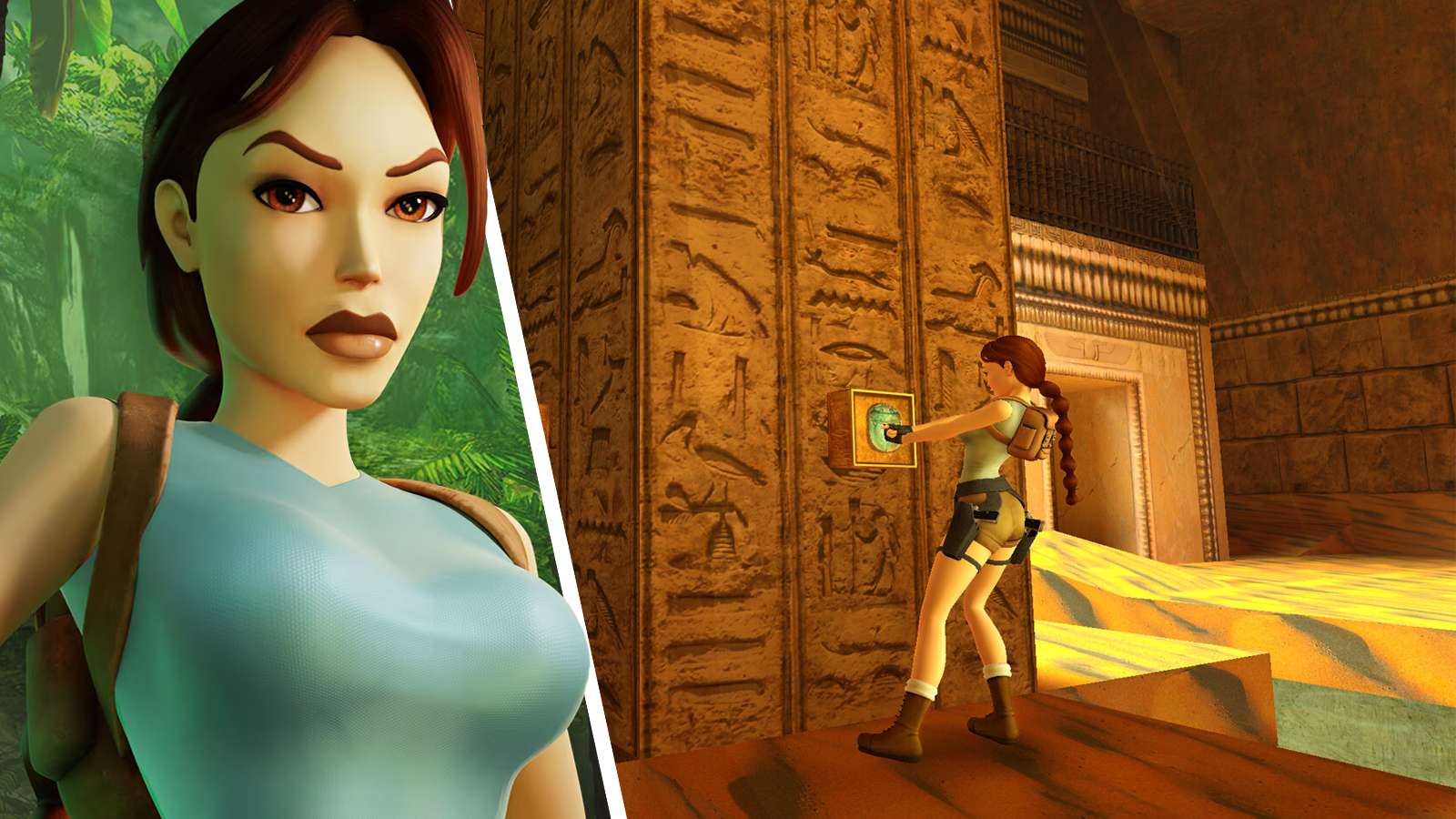 Aspyr
AspyrLara Croft is back with the newly-released Tomb Raider I-III Remastered collection, reviving three classic 90s games with new improvements for a modern audience. But can these games reach far into the 21st century, or are they better as a relic of the past?
Tomb Raider I-III Remastered is a newly revived collection of games you may have played if you grew up in the ‘90s with a Sony PlayStation or Sega Saturn.
Starring British adventurer and archeologist Lara Croft, who has since become one of the most iconic gaming mascots since her 1996 debut, each Tomb Raider game had you exploring different ruins and tombs across the world in search of ancient artifacts.
This new collection brings together the first three games in the series, as well as the expansions that added new levels to each title, into one coherent package. So, have these games stood the test of time, or are they better staying in the past?
Tomb Raider I-III Remastered – Key details
- Price: $29.99/£24.99
- Developer: Aspyr, Crystal Dynamics
- Release Date: February 14, 2024
- Platforms: PC, PS4, PS5, Xbox One, Xbox Series X|S, Nintendo Switch
That’s a Lara improvements
While new Tomb Raider games cook behind the scenes, Aspyr has given these classics a new coat of paint. The graphics are now a lot more modern, utilizing the power of current and last-gen consoles to bring crisper textures, real-time lighting, and brand-new models to the games.
Aspyr hasn’t chased photorealism with these new graphics, instead going for a style more reminiscent of how you remember those classic Tomb Raider games to look. Lara still looks like she did on all the posters and promotional art, and the levels still look how you remember them. It’s still wholly a 90s game in its entire presentation.
In fact, if you haven’t touched a Tomb Raider game in over two decades, you might not even be sure if you’re playing with the modern art turned on until you see a comparison.
This is all done without changing the level design or the gameplay mechanics, which are still almost like-for-like with the originals. So you’re still getting the same experience as you did in the 1990s. It respects the source material and the fans by not going out of its way to change the look of the games dramatically.
Modern controls
One of the biggest debates these remasters have conceived is whether to go with the newly modernized control scheme or to stick with the classic tank controls.
The remaster’s modern controls are slick and intuitive, akin to more recent 3D movement systems seen in later Tomb Raider games. You flick the analog stick in a certain direction and Lara moves that way. The buttons for other actions such as interact, walk and jump have also been changed.
The grid-based platforming in the original Tomb Raider games was never designed with these controls in mind. The levels were each designed for the classic tank controls, and it was all we could use in 1996. While longtime fans may wish to stick with the classic controls, the new modernized system certainly makes the game more approachable to newcomers.
This is what makes the Tomb Raider I-III Remastered a perfect collection. For older fans who want the new quality-of-life features but wish to stick with the tank controls, they are within their right to do so. However, new players who want to experience these classic games, now have a way to do that with a more accessible control scheme.
Ultimately instead of sticking to one, Aspyr respects all types of players by including both of these options.
This is how you do a remaster
Another quality-of-life improvement the Tomb Raider Remastered Trilogy brings is the ability to save anywhere, a feature previously only available on the PC version, with save crystals now being a thing of the past.
It feels like a necessary change, given how difficult some of the platforming and combat scenarios can be later in each game. While some may argue this cheapens the experience by letting you make a limitless amount of saves, it once again feels like an accessibility feature to give inexperienced players a less frustrating time.
It’s clear Aspyr has listened to the Tomb Raider community when developing these remasters. As evidenced by the new photo mode and surprisingly long achievement list, the developer understands fans of these games will replay over and over again, and want new reasons to revisit them.
In the end, Aspyr has brought forward a collection of games that were wholly inaccessible to a lot of people due to their age, giving them a chance to find a new audience.
Verdict – 5/5
If there’s any way to summarize Tomb Raider I-III Remastered, it’s that it’s amazing to realize just how well those classic games have aged over the decades. I’ve enjoyed powering through the games with the new modern art, but it’s the level design and gameplay that keep bringing me back. With minimal changes to the formula, the modernized appearance is all these games needed to gain a new lease of life. Tomb Raider was ahead of its time back in 1996, and this proves that even today Lara Croft still has what it takes.
If you click on a product link on this page we may earn a small affiliate commission.
